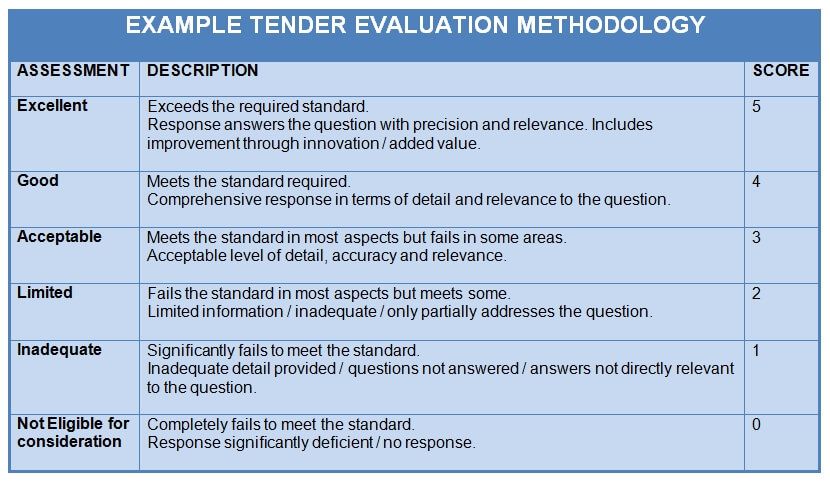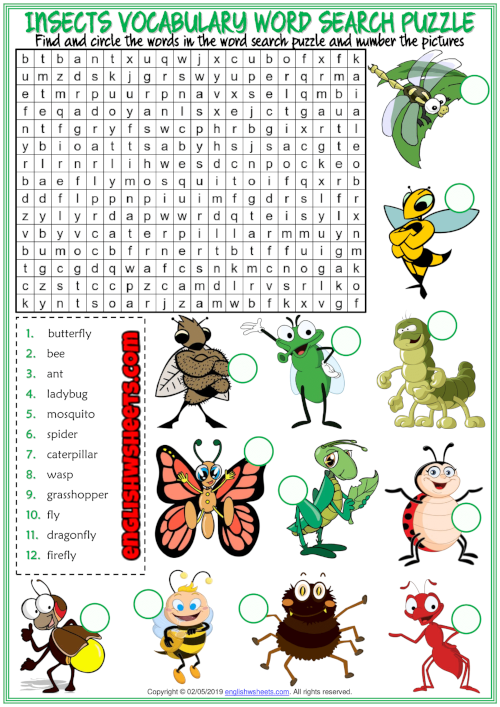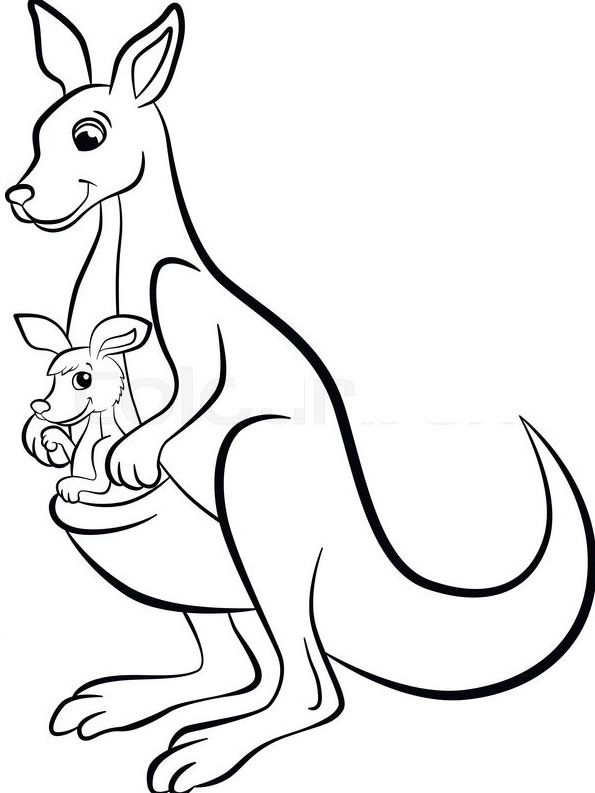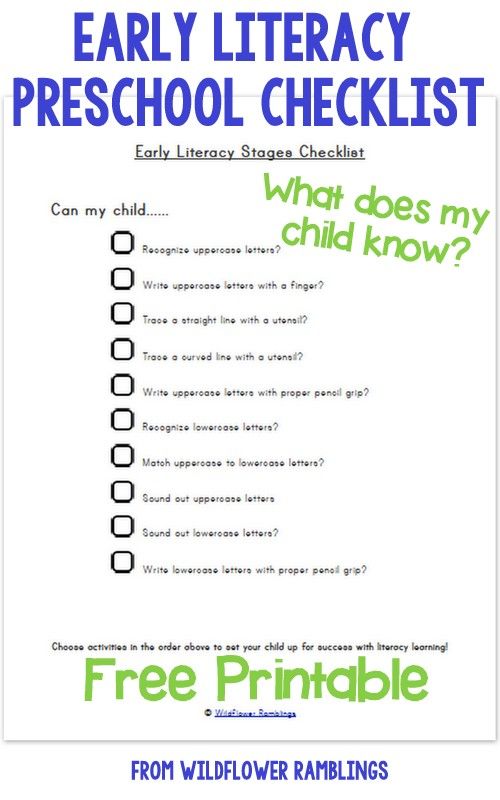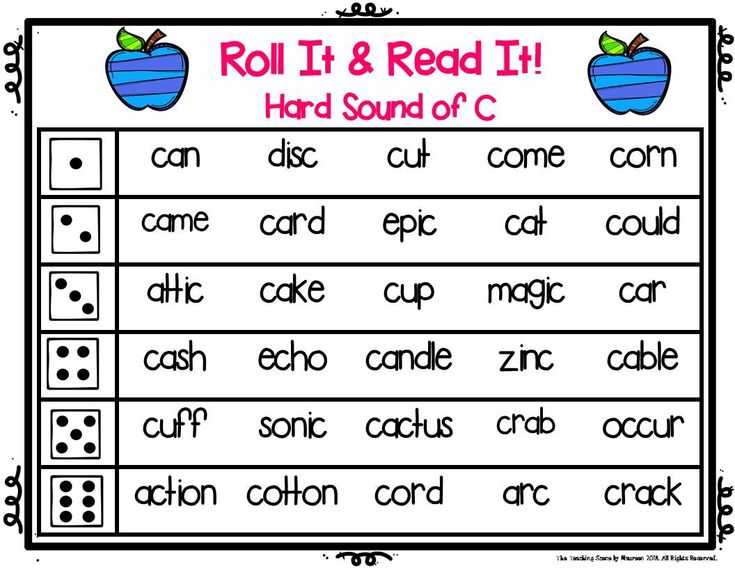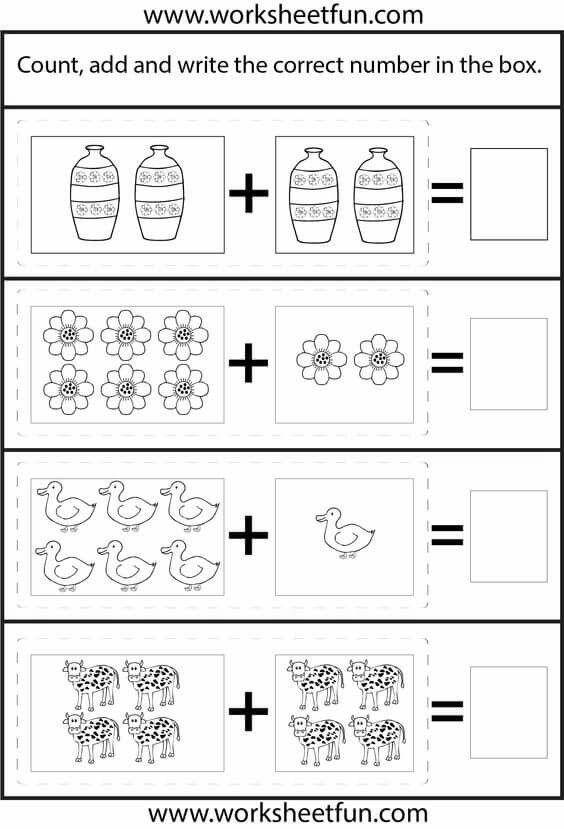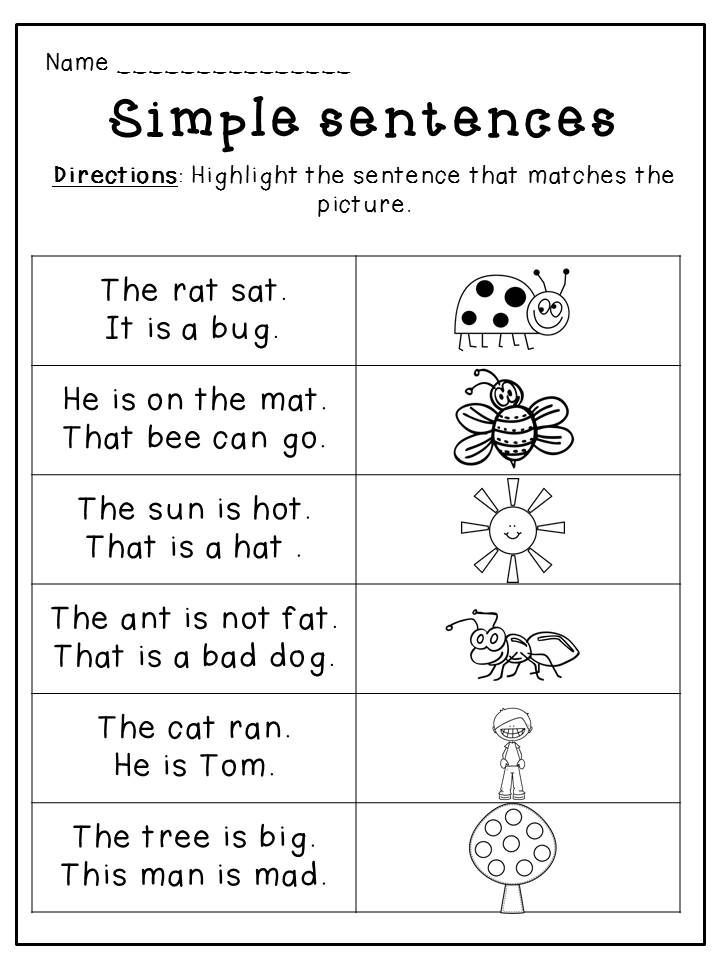Dra assessment sample
Literacy Toolkit - DRA -Developmental Reading Assessment
Developmental Reading Assessment is designed to be a classroom-based reading assessment for K-6. The primary purposes of the assessment are to:
monitor students growth on a variety of crucial skills and strategies that successful readers utilize,
help teachers diagnose students needs and plan for timely instruction,
prepare students to be successful at meeting today's classroom and testing expectations, and
support teachers and school districts in keeping parents and other stakeholders informed about the level of achievement.
When the comprehensive perspective of each student's reading achievement, DRA assesses student reading achievement in engagement, oral reading fluency, and comprehension skills and strategies. It also provides educators with information that helps them determine student independent reading levels.
The reading assessment has been designed to scaffold real reading situations in which students are placed daily. In this context, teachers can make objective decisions about student achievement based on observations and careful analysis of student responses using well-researched criteria.
DRA can be used on an annual or semi-annual basis to monitor and document changes in student achievement within a school year and across the middle grades. It can also be used more frequently middle grades. It can also be used more frequently with struggling readers to assure continued progress.
(Developmental Reading Assessment, Grades 4-8, 2004)
Reading Assessment Begins With Running Records
"Running Records provide an assessment of reading...(and) are designed to be taken as a child reads orally from any text.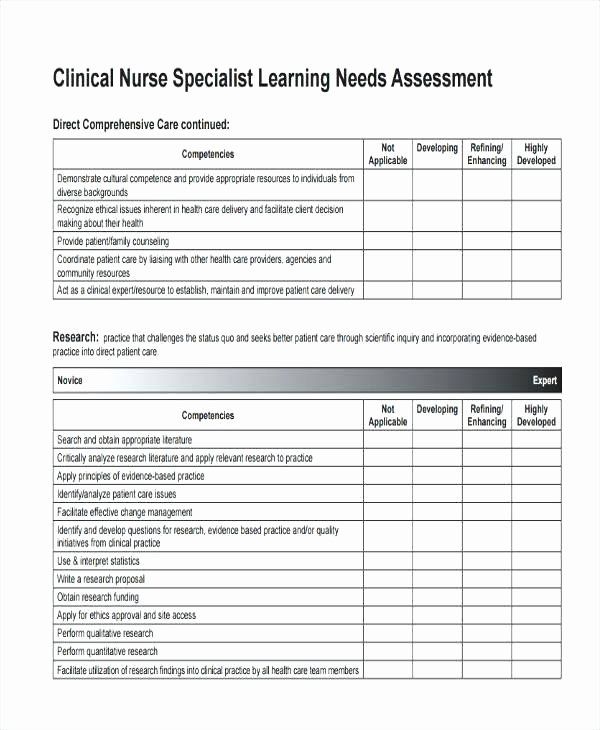 " - Marie Clay
" - Marie Clay
*Running Records - September 2020
Running Records Session Slide Deck
*Running Records for the Elementary Classroom.mp4
Running Records Session Teams Recording
Running Records Resource Folder
LLI- Reading Levels Chart 2020.pdf
Resource: Reading Levels Chart
Administering the Developmental Reading Assessment- Primary
DRA2 Primary - Online Toolkit.pdf
Professional Learning Slide Deck: Primary DRA2 Training Session
Primary DRA.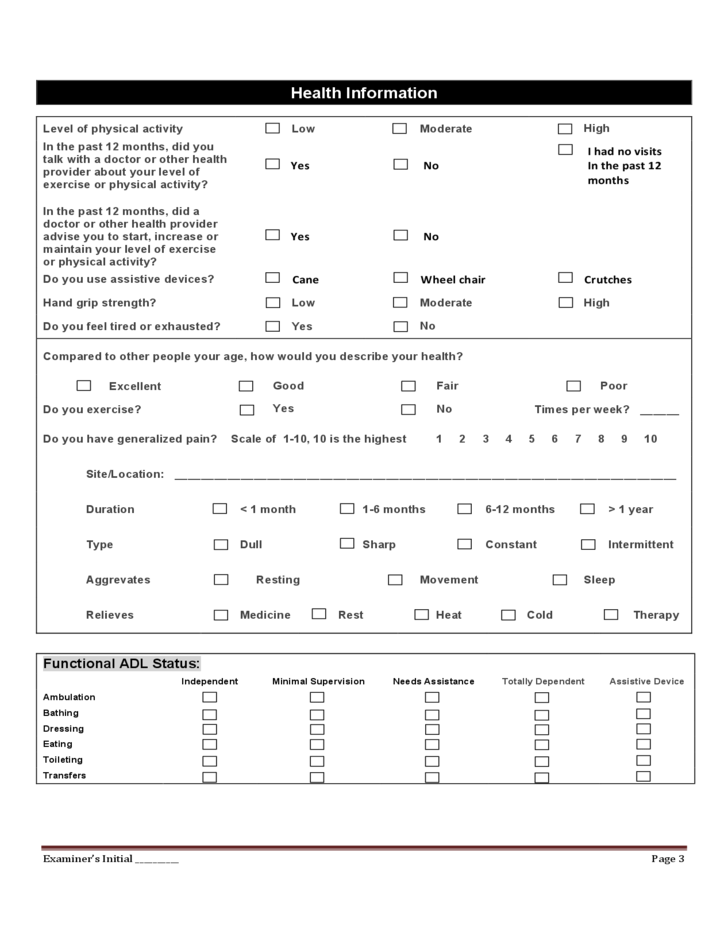 pdf
pdf
Professional Learning Resource: Primary DRA2 Training Handouts
DRA2 tips sheet.pdf
Professional Learning Resource: DRA 2 Tips Sheet Pamphlet
DRA Grade Level Ceiling Reading- with Kinder.pdf
DRA Grade Level Ceiling Chart: Grade Level Targets for Reading
DRA Class Chart.pdf
Class Profile: DRA Focus for Instruction (Print 11 x 17)
Primary DRA Goals_Instruction Focus.pdf
Focus for Reading Instruction for Various Reading Stages (Primary)
Administering the Developmental Reading Assessment- Junior
Junior DRA - Online Toolkit.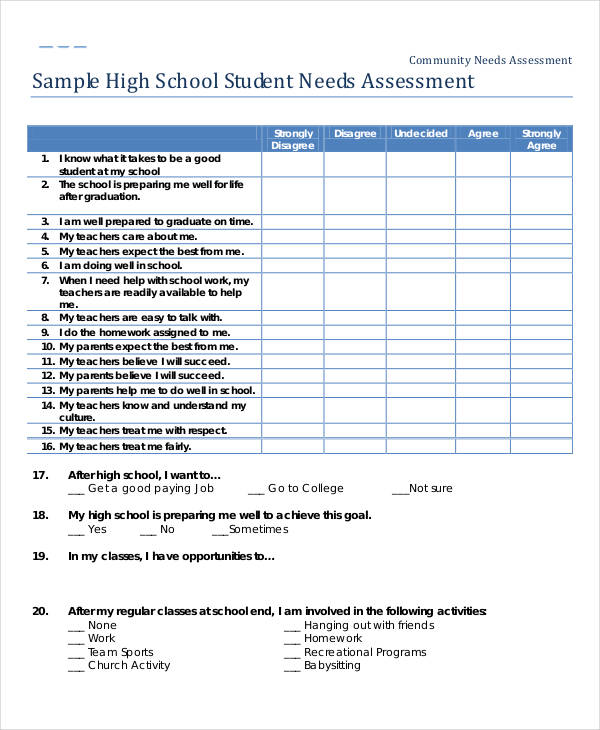 pdf
pdf
Professional Learning Slide Deck: Junior DRA Training Session
Junior DRA.pdf
Professional Learning Resource: Junior DRA Training Handouts
DRA FAQ.pdf
DRA Grades 4-8 - Frequently Asked Questions
DRA Grade Level Ceiling Reading- with Kinder.pdf
DRA Grade Level Ceiling Chart -Grade Level Targets for Reading
Junior DRA Focus for Instruction.pdf
Focus for Reading Instruction for Various Reading Stages (Junior & Intermediate)
Junior DRA Tracking forms.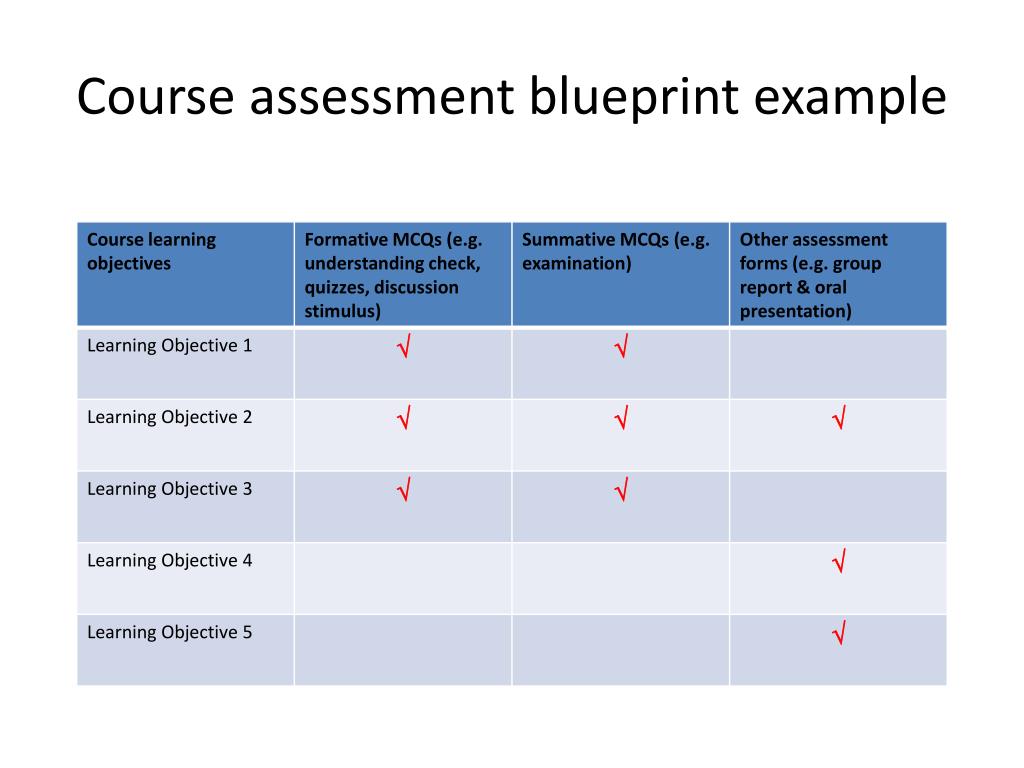 pdf
pdf
Junior DRA Tracking Forms
Stages of Reading Development
Reading Stages_EmergentFinal.pdf
Reading Stages - Early.pdf
Reading Stages_Transitional.pdf
Reading Stages - ExtendingFinal.pdf
Understanding Your Child's DRA Reading Level | Scholastic
The Developmental Reading Assessment (DRA) is an individually administered assessment of a child’s reading capabilities. It is a tool to be used by instructors to identify a students reading level, accuracy, fluency, and comprehension. Once levels are identified, an instructor can use this information for instructional planning purposes.
Want even more book and reading ideas? Sign up for our Scholastic Parents newsletter.
DRA Testing
The DRA test is traditionally administered on an annual or semi-annual basis.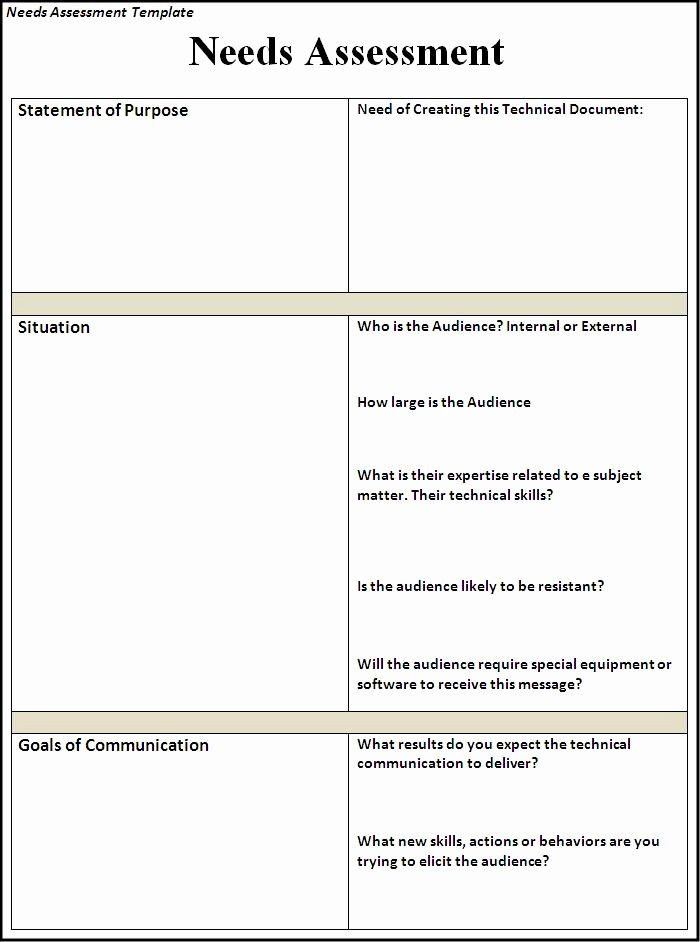 The test measures nine categories of reading behavior and six types of errors. It was developed in 1986 (and revised in both 2000 and 2003) by a committee of educators and is intended to evaluate certain aspects of your child’s reading level.
The test measures nine categories of reading behavior and six types of errors. It was developed in 1986 (and revised in both 2000 and 2003) by a committee of educators and is intended to evaluate certain aspects of your child’s reading level.
How DRA Levels and Testing Work Together
Tasks measured by the DRA test are divided into several skill sets. Rhyming, alliteration, segmentation, and phonemic awareness are tested in the phonemic awareness section. Letter naming, word-list reading, spelling, decoding, analogies, structural analysis, and syllabication are tested in the alphabetic principle/phonics portions. Oral reading fluency or words per minute for contextual reading are tested under fluency. Vocabulary, comprehension, and reading engagement skills are also measured in the test.
After the test is evaluated and scored, your child is assigned a numeric (or alphanumeric for very early readers) DRA level A1 through 80. Children with stronger reading abilities yield higher numbers.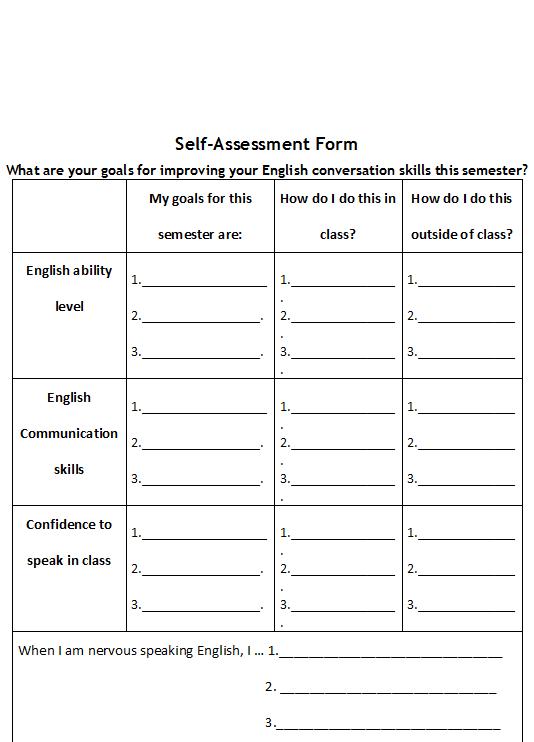 Teachers are easily able to give children books they can read by choosing a text with the corresponding DRA level.
Teachers are easily able to give children books they can read by choosing a text with the corresponding DRA level.
How to Find Books on Your Child’s Level
Once your teacher gives you your child’s level, you can search for books at a particular DRA level on Scholastic’s Book Wizard. By providing your child with books on his level at home, you are ensuring reading advancement and success with materials that will not cause your child stress or discouragement.
Raise a reader by getting the best book recommendations, reading tips, and discounts delivered straight to your inbox.
PLEASE ENTER A VALID EMAIL ADDRESS.
PLEASE SELECT A NEWSLETTER OPTION.
Preschool View Sample
Elementary School View Sample
Privacy Policy
<div><h3>Thanks for signing up! Look out for a confirmation email from us.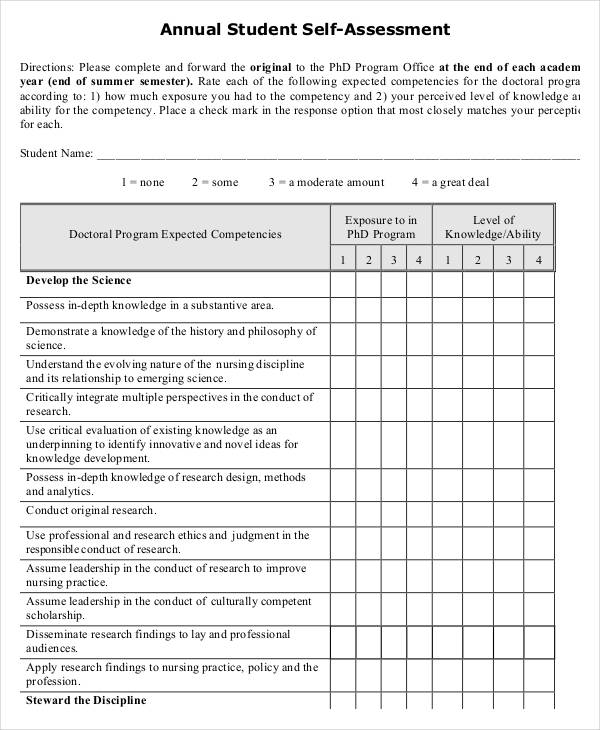 </h3><h4>Want to connect now? Find us on social media!</h4><h3><a adhocenable="false" href="https://www.facebook.com/scholasticparents/" target="_blank"><img src="/content/dam/parents/icons/facebook.svg"></a> <a adhocenable="false" href="https://www.instagram.com/scholasticparents/" target="_blank"><img src="/content/dam/parents/icons/instagram.svg"></a> <a adhocenable="false" href="https://twitter.com/scholparents" target="_blank"><img src="/content/dam/parents/icons/twitter.svg"></a> <a adhocenable="false" href="https://www.pinterest.com/scholparents/" target="_blank"><img src="/content/dam/parents/icons/pinterest.svg"></a></h3></div>
</h3><h4>Want to connect now? Find us on social media!</h4><h3><a adhocenable="false" href="https://www.facebook.com/scholasticparents/" target="_blank"><img src="/content/dam/parents/icons/facebook.svg"></a> <a adhocenable="false" href="https://www.instagram.com/scholasticparents/" target="_blank"><img src="/content/dam/parents/icons/instagram.svg"></a> <a adhocenable="false" href="https://twitter.com/scholparents" target="_blank"><img src="/content/dam/parents/icons/twitter.svg"></a> <a adhocenable="false" href="https://www.pinterest.com/scholparents/" target="_blank"><img src="/content/dam/parents/icons/pinterest.svg"></a></h3></div>
How to evaluate a startup: seed and series A
In the first part of the article about startup evaluation, we talked about the preseed stage. Everything is relatively simple there - standard conditions for everyone at the entrance.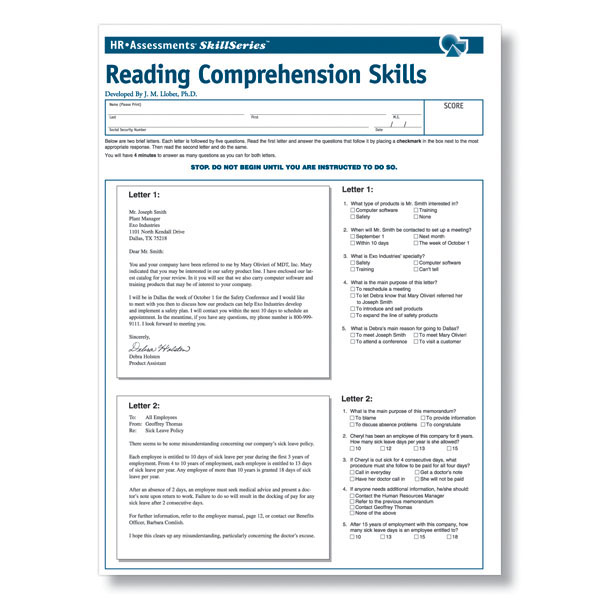 The seed and series stages A is a more complicated topic, each startup is evaluated individually.
The seed and series stages A is a more complicated topic, each startup is evaluated individually.
The editors would like to thank Nikita Bulgakov, an investment analyst at the IIDF and one of the teachers at the School of Investments, who shared his expertise in the field of evaluating startups.
***
Let's start with the difference between the stages.
- Preseed - the demand has been checked, there is an MVP, there is a team.
- Seed - the business model is viable, there is a predictable economy. The seed is also referred to as the pre-growth stage.
- Series A - active growth stage. The business model is sustainable, scalable, predictable. Drivers of multiple growth are found.
The main difference between seed and preseed is that the startup team has found at least one deep, cost-effective sales channel. This means that now we can calculate how much money the team will earn in a certain period of time.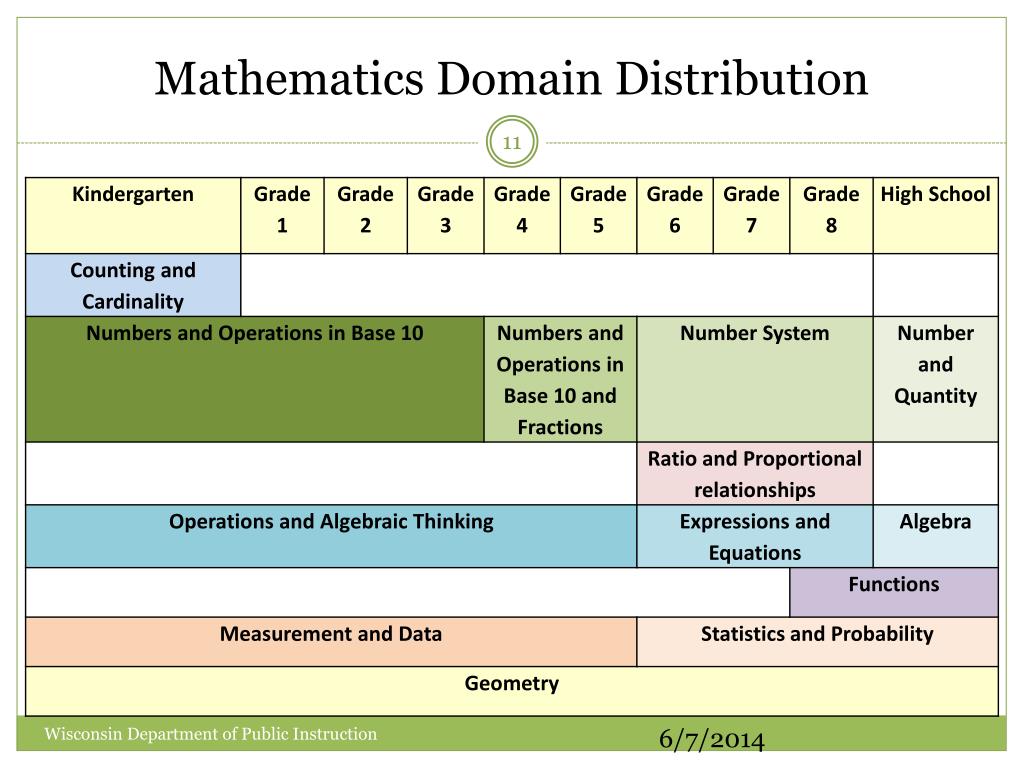
At this stage, the startup is already being evaluated based on a financial model. If the founders want to receive investments, then the ratio of money and share in return depends on the assessment, which we will learn to calculate today.
To evaluate a startup, you need to find a few numbers, where the key is cashflow, or in Russian - cash flow.
About cashflow
Cashflow is a cash flow that a company earns over a certain period.
Let's take an example. A company that sells SaaS email optimization has learned how to attract customers through facebook ads, conferences, and sales managers. We know that one salesperson closes 10 contracts per month, one traffic manager pulls 10 more contracts from Facebook, and one conference gives 5 clients. Let's assume that all contracts have the same Lifetime Value (LTV).
Next, we summarize the revenue from 25 contracts, subtract the salaries of all employees from it, subtract the costs of advertising, taxes, operating expenses and get a certain amount of cache.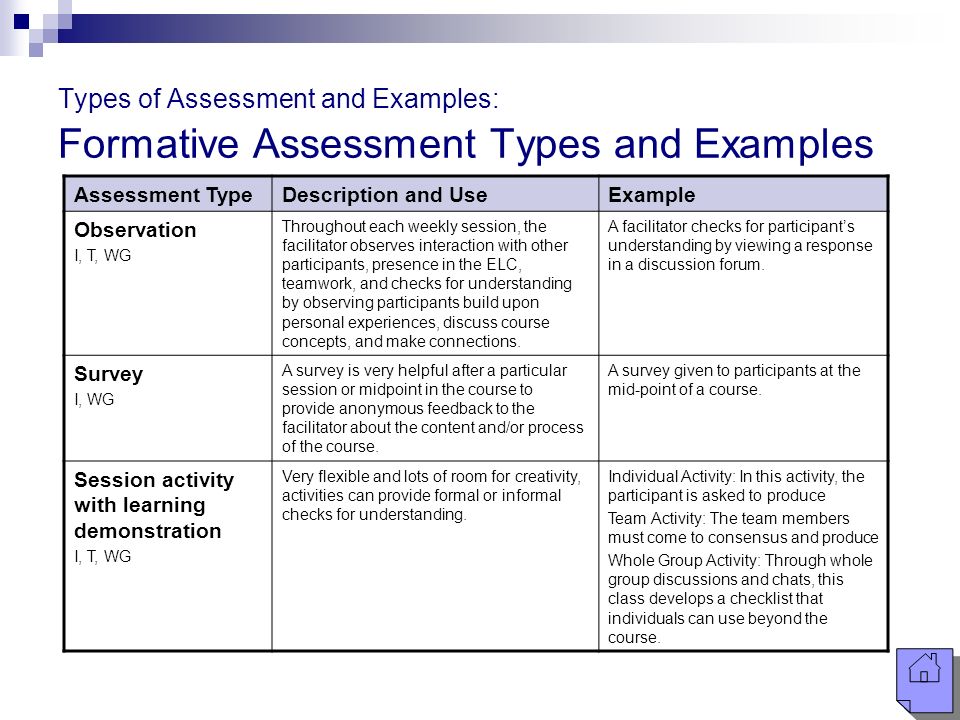 Now we multiply this cash by 12, take into account the dynamics of growth and seasonality - we get the annual cashflow.
Now we multiply this cash by 12, take into account the dynamics of growth and seasonality - we get the annual cashflow.
Growth drivers
Knowing cashflow for 12 months, we can make a forecast for another 12 months. To do this, you need to find growth drivers.
Growth driver is a business metric that is easily scalable and directly affects cashflow.
For example, we currently have 1 sales manager on staff. Over time, when the sales script becomes clear, when all business processes get better, we will be able to hire 9 more. But any growth driver has its own ceiling.
The ceiling is the moment when the growth driver stops increasing cashflow.
As long as we have 10 sales people on staff, everything is ok. But their addition will require a change in business processes: now we need a head of sales, scoring, a progressive motivation system, HR, and even with such a flow of clients, there is a need for account managers and several accountants.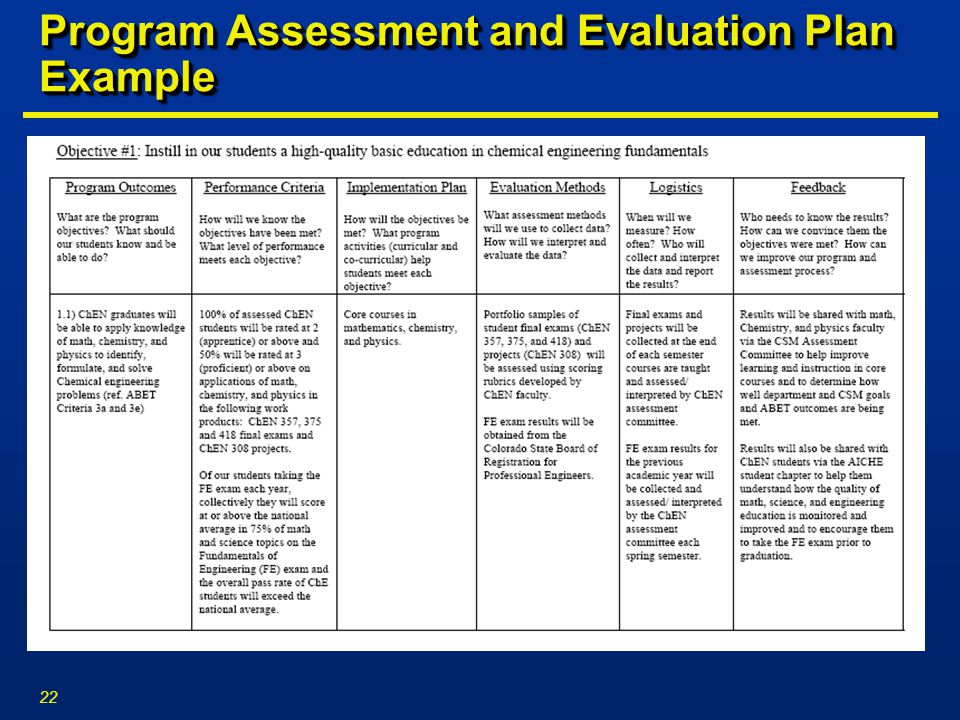
Another ceiling may be product limitations - for example, as soon as the company exceeds 100 customers, a new data center will be required, more developers, etc. And marketing channels tend to dry up - at all conferences they already know you by sight, everyone who could - bought it.
Now we take cashflow, look for growth drivers, find their ceilings and build a financial model.
Financial model
Startups make two mistakes when developing a financial model:
Predictions are very shaky
For example, the company in our example says:
“In 2018, 20% of the audience will read emails through virtual reality glasses, and we have already developed an algorithm that inserts a 3D video into the letter. Thus, in 2018 we will gain a competitive advantage, which will increase our conversion to sales from 1 to 3%.”
I don't think it's necessary to explain that "zero" on roulette is more likely to win than betting on such a tectonic shift in user behavior, and even with a 2-year horizon.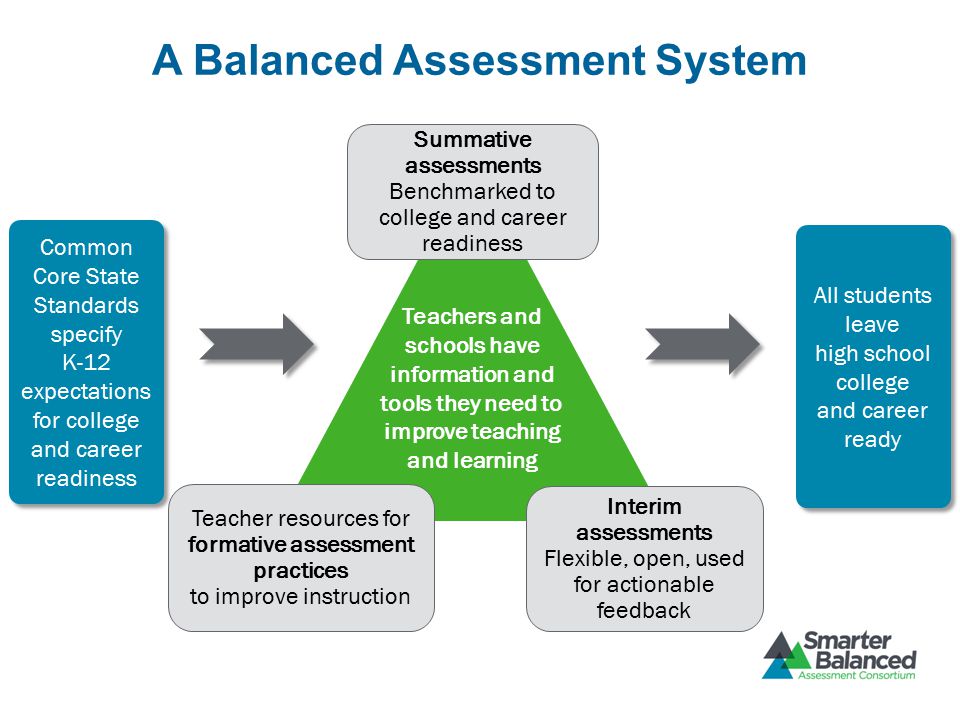
Make models without deep calculations
Justify all numbers. They often forget about taxes, about the outflow of customers. It is still rare to find a good calculation of the cost of infrastructure. An example of how to do this is a piece from the financial model of one of the startups, where the team calculated the cost of CDN costs with audience growth:
A complete financial model helps to avoid questions: “Where does this figure come from?”. It also indicates that the team probably understands its cost structure and will not drain the money received.
The main thing in the financial model: to show how cashflow is obtained, and due to what it will grow in the next 24 months.
Multiplier
Okay, we have cashflow for the next two years. But the company will continue to develop, which means that it is necessary to predict a further increase in its value. Making an accurate forecast with such a planning horizon is reckless and pointless - they rarely come true.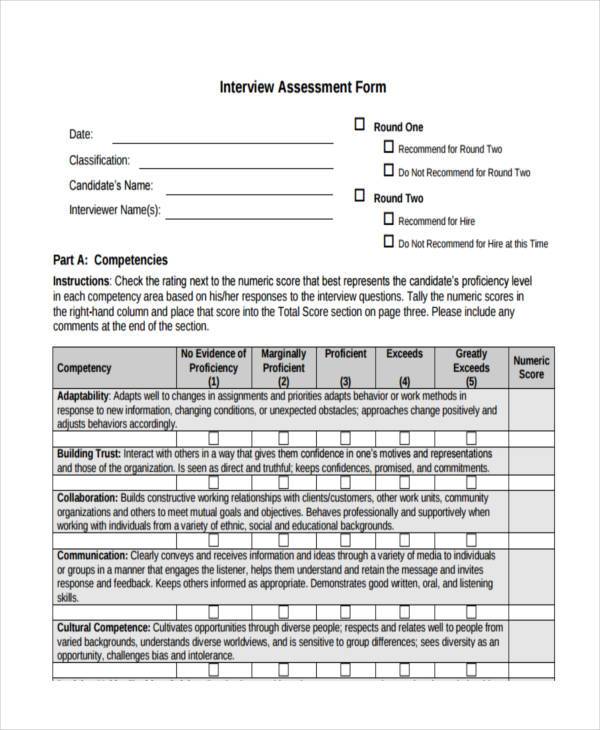 Therefore, to the received cashflow for 24 months, you need to add the revenue for the second year, multiplied by the multiplier. Conventionally, this is the value of the company in 2 years.
Therefore, to the received cashflow for 24 months, you need to add the revenue for the second year, multiplied by the multiplier. Conventionally, this is the value of the company in 2 years.
Multiplier - the ratio of the company's value to its revenue. It also depends on the margin.
Multiplier example: Avito generated $100 million in revenue but was bought for $2.7 billion. Multiplier = 27.
valuation of the company) and find the average value for the market. Even if a unique product is produced, it has a market, monetization model and marginality. The higher the margin, the higher the multiplier.
The calculation of the multiplier is discussed in detail in the School of Investments.
Discount rate
Even an annual forecast in business is not the most reliable thing, and we are looking forward for several years at once. Now we take the place of an investor: he can put money in the bank with almost no risk at 10% per annum, he can buy shares of a stable big company like Apple, or he can give them to you.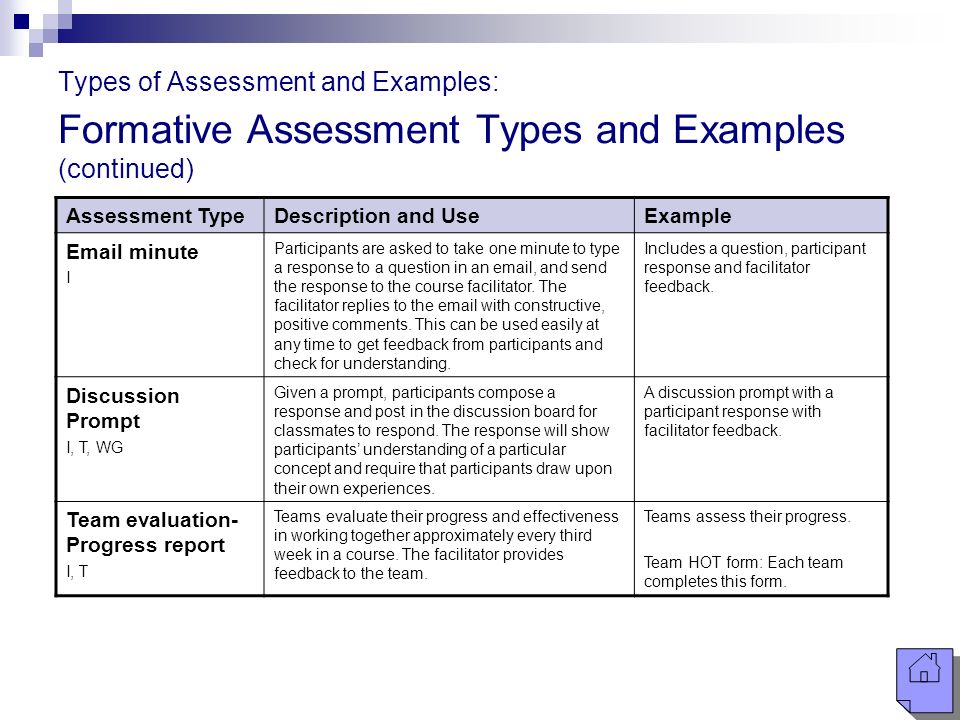
And since the price is formed not only from the possible profit, but also from the risks, we need to bring your startup investment and the main alternative ways to the same cost. There is also a time factor - money now and money later cost differently.
The discount rate is the factor by which we bring future cashflows to today's value, taking into account risks, time and possible return on investment.
The calculation of the discount rate is a complicated thing. This is done by investment managers along with investment analysts. We recommend using a rate of 40-60% in models, as the most used in the industry.
Final formula
Let's try to count on our fingers:
- first year cashflow = -5 million
- cashflow for the second year, taking into account growth drivers and ceilings = 5 million
- company revenue for the second year = 25 million
- multiplier = 3
- discount rate = 50%
Company valuation = - 3.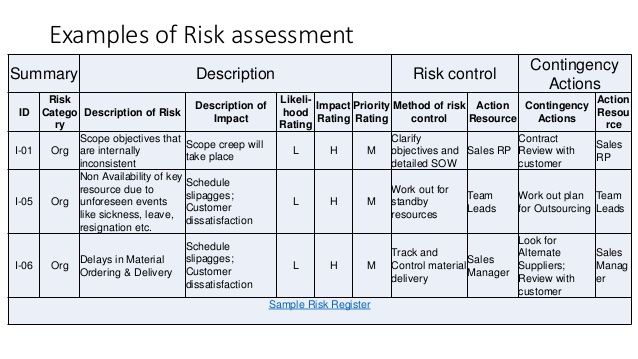 34 million + 2.23 million + 33 million = 31.89 million
34 million + 2.23 million + 33 million = 31.89 million
Important: this valuation is pre-money, that is, before the startup received funding. The share is calculated by the formula:
In our case, if a startup needs 5 million for development, it turns out 5 / 31.89 + 5 = 0.13 or 13% - the share that will need to be given to the investor.
***
Another point - this technique is used all over the world. Alas, startups often look for high-profile deals, when at the seed stage a startup receives $ 50 million in exchange for 10% of the company, which leads to false expectations.
Moreover, Silicon Valley has long passed the stage of easy money. Now the normal figure for preseed is $100-200 thousand, but subject to the relocation of the team to the Valley. This money, at local prices, is enough for cheap food, sharing an apartment with Indians and the most basic marketing.
Remember that an unreasonable overestimation is a direct path to the pantheon of ever-promising, but never taking off startups.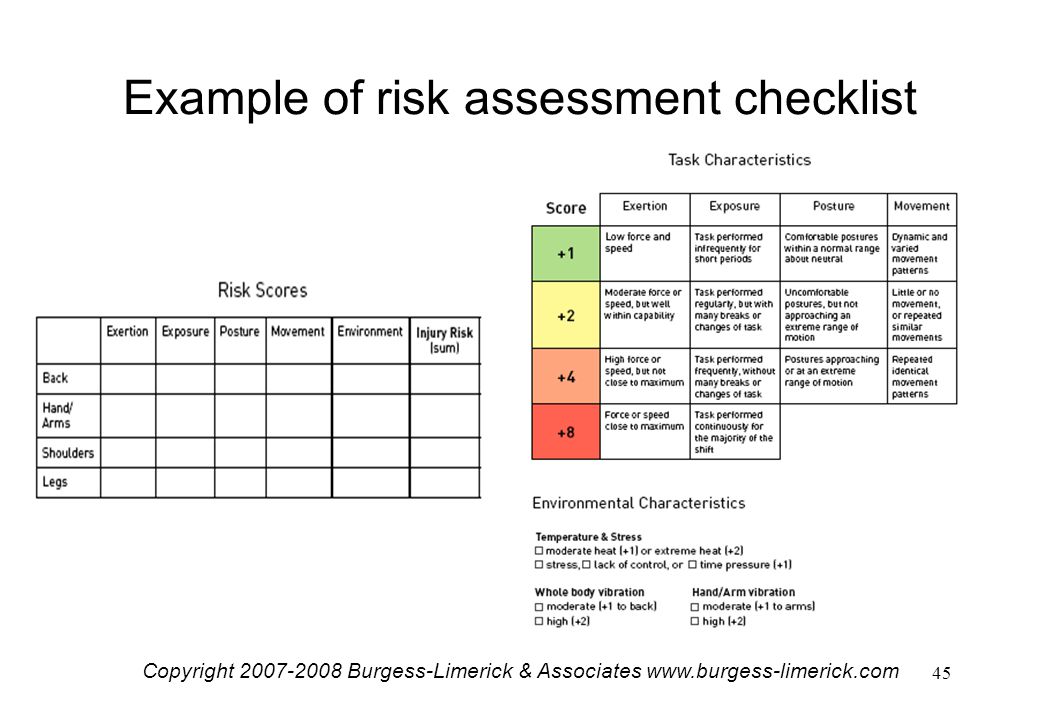
Estimate of terms for the development and testing of the task (not needed) / Sudo Null IT News
I have been in testing for 12 years, worked at Naumen and Yandex. Now I manage the testing department of 150 people in Kontur and continue to work as a tester in one of the teams.
After a six-month performance review, managers from different teams told what goals they had set for their testers. Every fifth one had this: "Learn to estimate the timing for testing tasks." Often, such a “timing estimate” is wanted not only from testers, but also from developers.
Estimated timing in 95% of cases. Thank you xcd.
I find it absolutely harmful to practice when a performer estimates the deadlines for completing a particular task. This is directly related to the lack of systematic education and low requirements for managers.
Now I will explain how it works.
Maxim Dorofeev — The effect of time straightening
I am quoting from the book "Jedi Techniques", although it was possible to quote Parkinson's law:
A person comes to us, sets a task and asks how long it might take to complete it.When estimating a task, of course, we want to give a deadline by which we will definitely be in time, and since a lot can happen (and we suspect that something will definitely happen), we include a certain margin of time in the estimate.
Instead of starting the task right away, we are “dealing with the urgent” because “this task is not on fire yet” - we have the aforementioned margin.
The task starts to "smoke", and we start it. If nothing happened, then we are on time, but if something happened ... We have already spent the reserve on this “something” and, as a result, we are late.
As a result, any deadline named as a deadline becomes a deadline before which the task will not be completed. This leads to particularly unpleasant consequences in teamwork, when the implementation of one task or project requires the cooperation of different specialists and different departments.
Man as rectifier (and diode) - illustration from Jedi Techniques.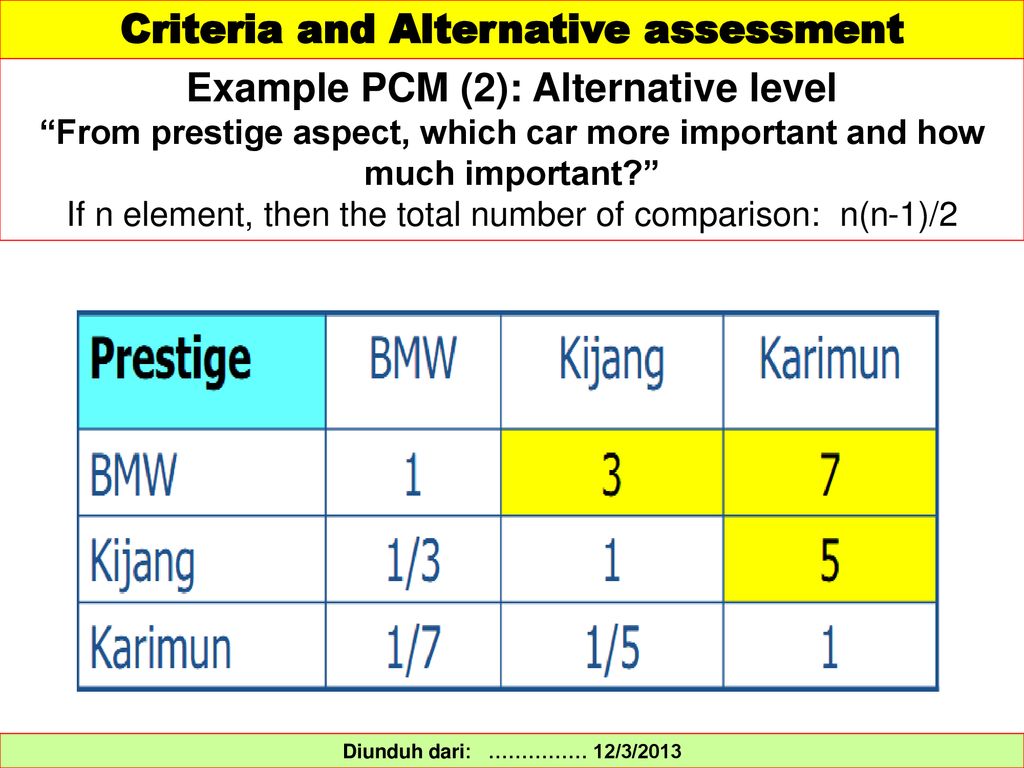 There is also a video.
There is also a video.
Tom Demarco - The Human Factor
In the fifth part of the first chapter there are links to studies on the dependence of performance on who performed the timing estimate.
Briefly: the very fact of the assessment affects the terms for the worse by about 40%.
I recommend reading. All the factors listed in Chapter 5 are still relevant today.
Deming & Neave - The Red Bead Experiment
Over the past year, I've heard from managers twice: "We've learned to meet deadlines on task estimates, now such and such a programmer or tester does not violate the deadlines that he called at all."
I think this is an extremely serious problem, since this means that this programmer or tester systematically and deliberately overstates the deadlines, works in a relaxed manner and lies to the manager . There are variations in the world and the non-violation of estimates of specific tasks means that the assessment of such a person is always to the right of the distribution curve of the actual working time.
The authors mentioned in the title say that the only true way to estimate the timing is statistical. A package of typical tasks should be evaluated. “We all have different tasks”? It's a lie. In the span of a year there will not be very many different tasks. As a rule, such a statement is a sign of a lack of reflection on the process and failure to perform exercises: decomposition, MVP, prototypes, standardization.
First, it should be noted that most often - and this is funny in itself - nothing depends on the performer's answer, because the terms is already . The manager is interested not how long we will do the task , but whether we will be in time for the given deadline and what exactly we will be in time for . These are different questions and should be answered in different ways.
As a rule, the answer to the question “will we be on time by the given deadline” is analytics and MVP, high-quality development infrastructure and the amount of technical debt, namely the complexity of refactoring and the availability of automatic regression tests.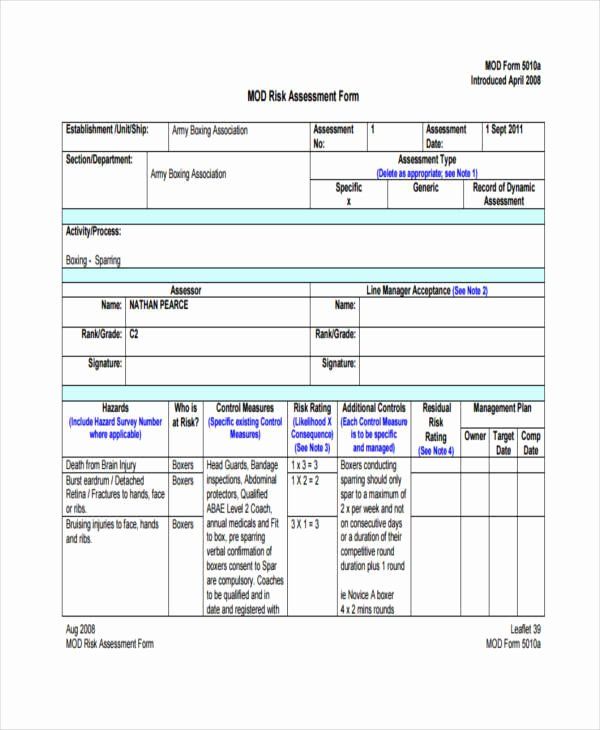
Once again: the estimation of terms prevents the performer from being in time for the deadline.
Secondly, there is a series of exercises in development. Not all of them are simple. They do not directly answer the question “when the feature will be ready”. However, they reduce the size of the delivery, reduce the complexity of development and testing, and ultimately reduce the variability in terms.
- MVP
- problem decomposition
- Restriction of unfinished work (the programmer does not take on new tasks until the old ones are released)
- separate releases of refactoring and subsequent features
- separate release of backend, frontend and other parts of the product
- canary releases
- using feature flags
- ability of testers to separate important defects from unimportant
- ability of the team to release with minor defects
If the team is doing these exercises, and the manager is qualified, then he does not need to require the performers to give a deadline to answer the customers.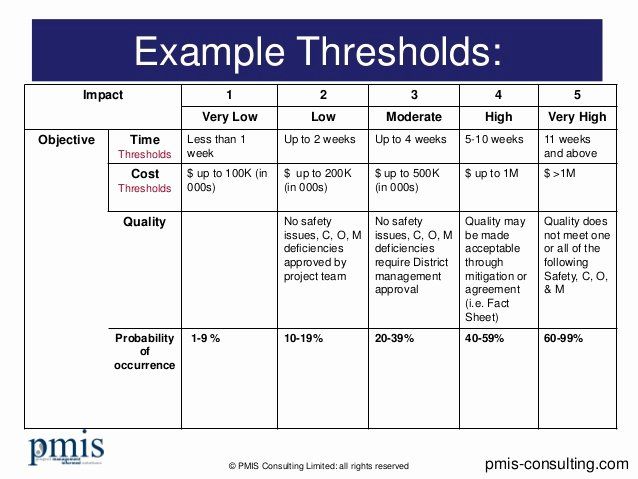 If the exercises are not performed, then most likely any term called by the manager will be a lie.
If the exercises are not performed, then most likely any term called by the manager will be a lie.
It is very easy to confuse time estimate (when the task is done) and labor estimate (how long it takes to develop a feature). Estimating the timing, as we have already figured out, if not harmful, then at least meaningless. But estimating labor costs is a pretty useful exercise.
The need to estimate the labor costs when the task is done forces one to do the useful exercises listed above: mainly the decomposition of this task.
But we must remember that the estimate of labor costs in a team with an incompetent manager very easily turns into a time estimate of . There are a million cognitive distortions and a misunderstanding of how production chains work here.
Real life example:
How much time will you spend on this feature?
- I will write for a week and a half and fix bugs for three days.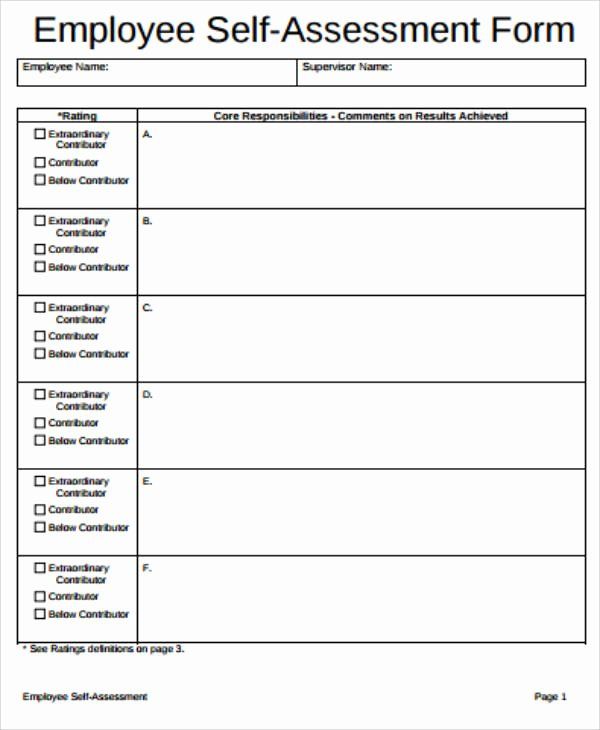
— That is, in 3-4 weeks it will be ready?
That is, the difference between “I will spend a day on this task” and “the task will be ready in a day” is multiple and fundamental.
Yes, let's talk about me and my team. We successfully do some of the listed exercises, some we learn to do. Some don't, and that's sad.
I think we've learned to limit the backlog, do prerelease refactorings, and separate important bugs from unimportant ones.
This is how we estimate the time for testing. We divide tasks into small, large and others. About half of the small tasks are done by the tester on duty in his spare time. A small task is tagged “for an hour” on YouTrack and is done in one go (from half an hour to two hours) if there are no complications.
Large tasks are marked with the “project” tag, and it is immediately clear from them that it simply will not happen. Each big task has a feature lead, whose task is to make sure that the exercises from the list above are completed.